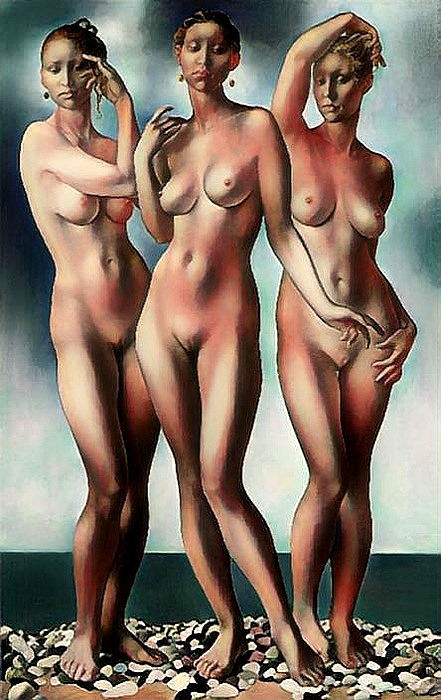#sculture
Text
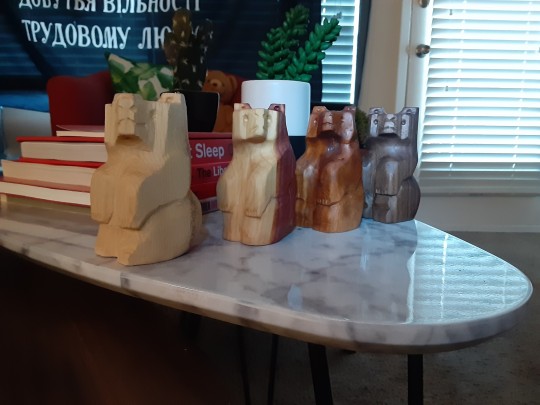

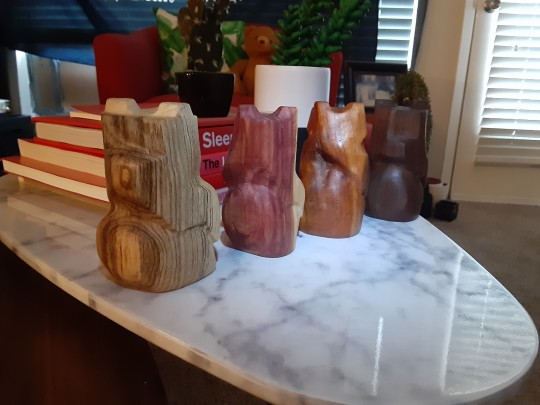
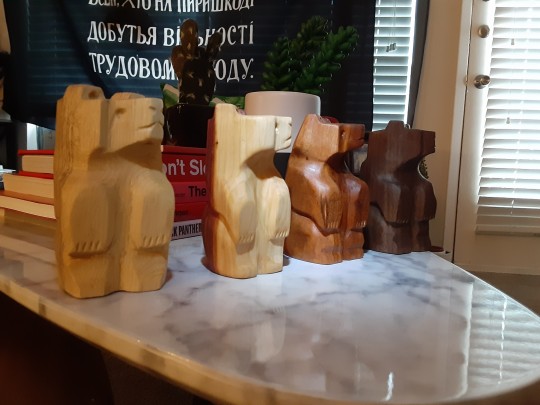
Big Batch of Bears!
The species of wood in order of appearance: Hackberry, Eastern Red Cedar, Cherry and Walnut. For the little bears, the first two are walnut and the rest are basswood.
With the exception of the two little walnut bears, these are all for sale. 40 USD for the big bears, and 15 USD for the small ones; free shipping within the US, outside of the US is an additional 15 bucks (I'm sorry 😬)
I can attach a keychain to the little ones, if you want!
If you'd like to support me, I always appreciate a few bucks here and there:
Venmo and Cashapp @kodiakcass and PayPal @BigBearCass
160 notes
·
View notes
Text


#carmen nuñez#woman photographer on tumblr#colegio de arquitectos#lady tenerife#santa cruz de tenerife#canary islands#sculture#arquitecture#urban landscape#urban architecture#iphone#photographers on tumblr#december#2023#red
46 notes
·
View notes
Text
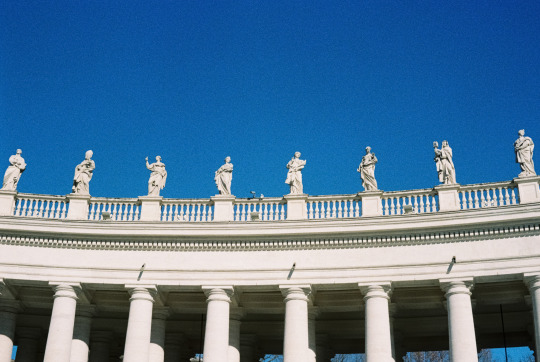
Ciudad del Vaticano, Enero 2023
Minolta Hi-matic 7s
Kodak 400
#35mm#35mm film#filmisnotdead#35mm photography#film photography#kodak#minolta#filmisalive#kodak film#photography#vatican#vatican city#caticano#catholic#chuch#statues#sculture#art#architecture#sky#rome#roma#italy#italia#travel#traveling#journal#travel journal#travel diary#nomad
15 notes
·
View notes
Photo
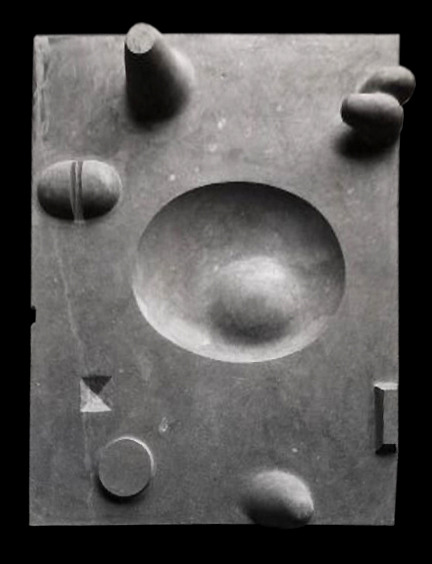
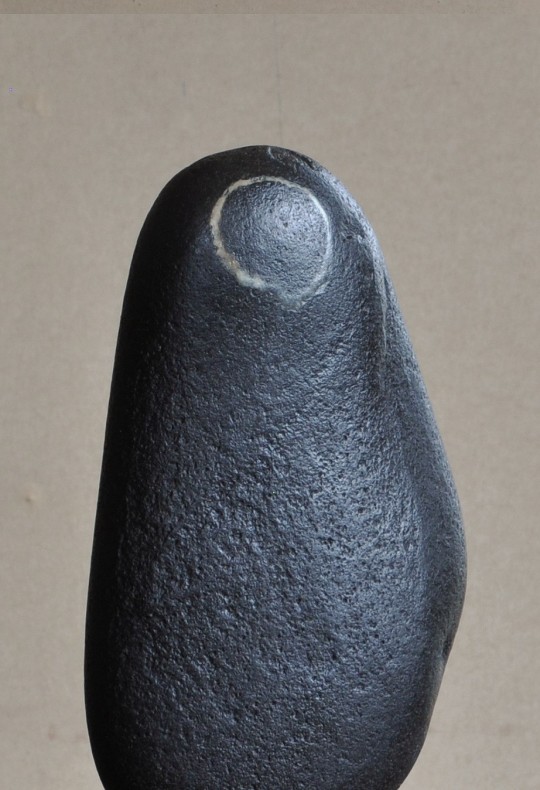

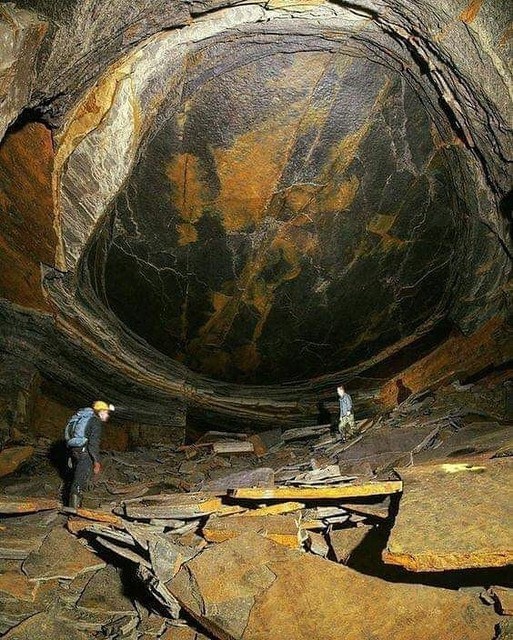
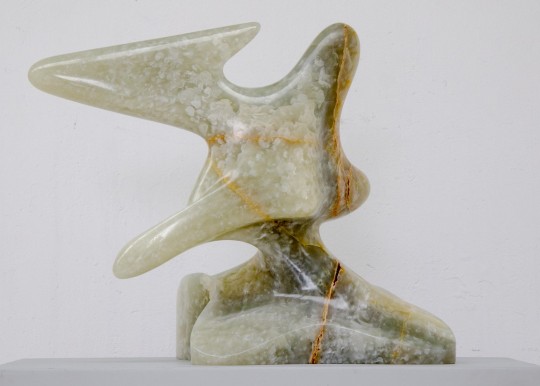

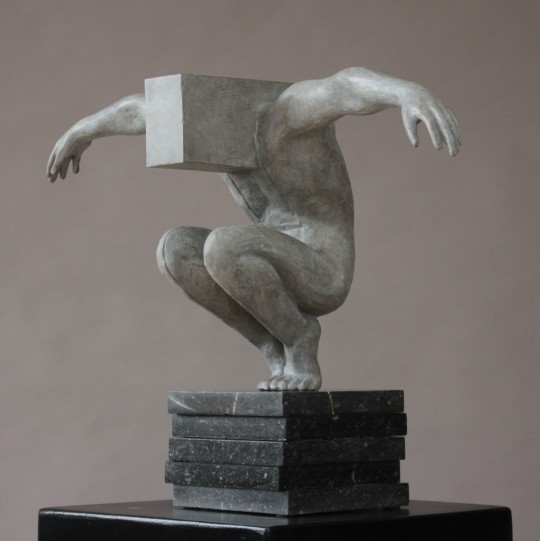
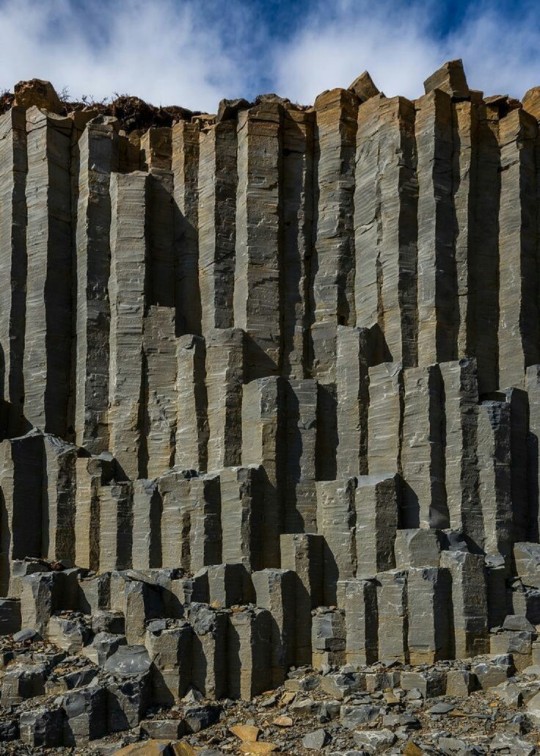
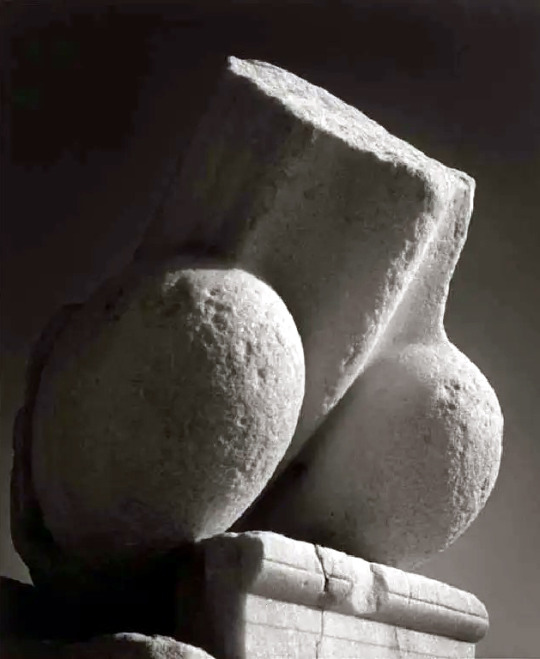
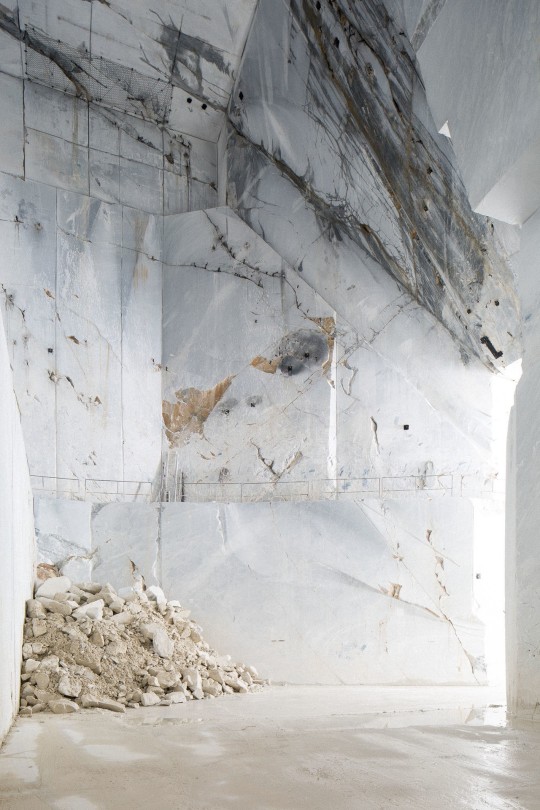
Isamu Noguchi (Japanese/American, 1904-1988) - York Fossil marble
suiseki stone
stonework - sacred district, Machu Picchu
Dragon Eye - a metamorphic rock formation found in a stone mine in Lancashire, England
Jon Rafman (b.1981, Montréal) - Guerrero Xeno (Xeno Warrior) - green onyx - 2017
Al Naslaa - rock formation in Tayma, Saudi Arabia
Rogério Timóteo (Portuguese, b.1967) - Abyss - marble - 2020
basalt columns - Iceland
Herbert List (German photographer, 1903-1975) - Archaic Phallus - Sanctuary of Dionysos, Delos - 1937
marble quarry - Carrara
#art by others#other's artwork#nature's artwork#Isamu Noguchi#Jon Rafman#Rogério Timóteo#Herbert List#sculture#photography#stone#marble#onyx#basalt
67 notes
·
View notes
Text
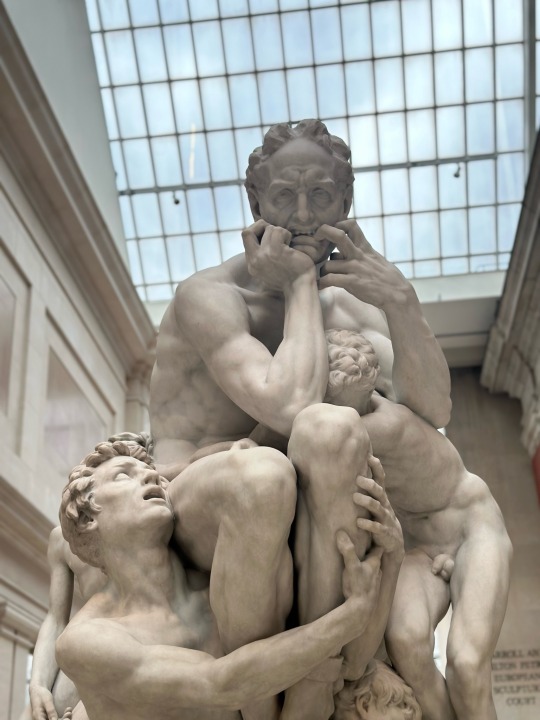


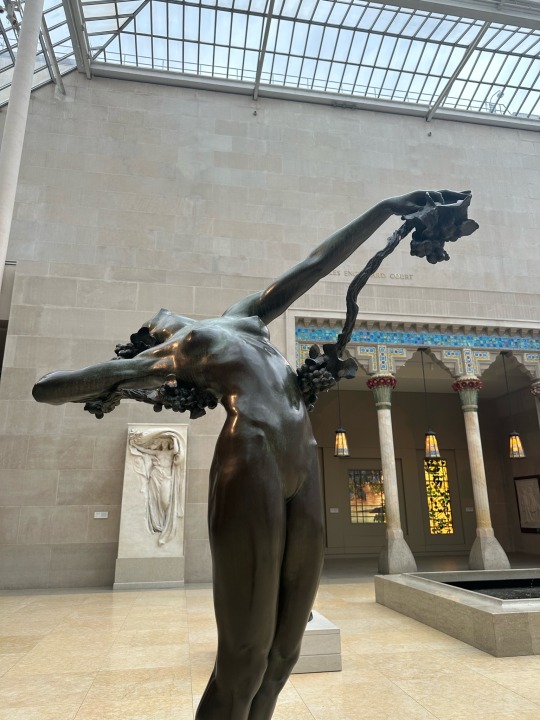
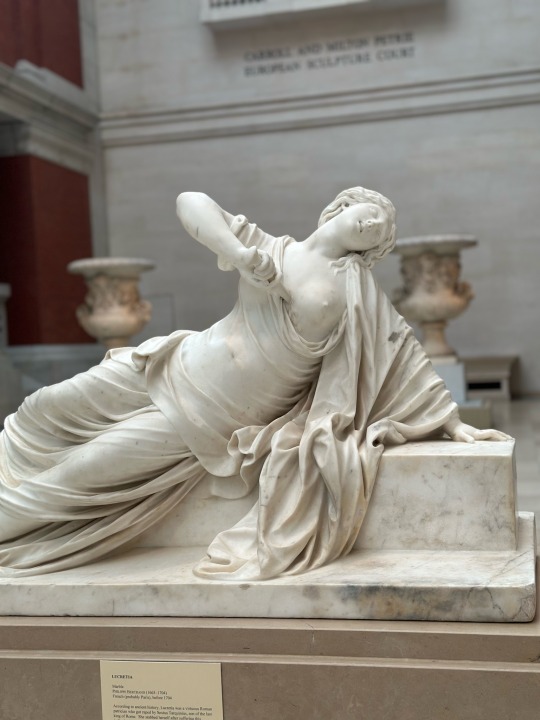
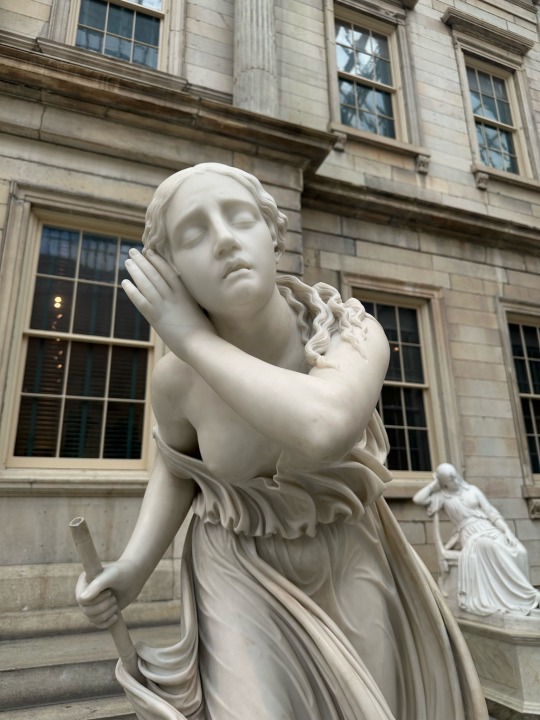


📍Metropolitan Museum (MET), New York 🇺🇸
#met#the metropolitan museum of art#new york#met new york#nyc#new york city#usa#mitologia greca#greek sculpture#classical art#roman sculpture#lucretia#perseus and medusa#magritte#ugolino and his sons#sculture#sculpture
6 notes
·
View notes
Text

Palazzo Grimani, Venezia, ITALIA
#palazzo grimani#grimani palace#palacio grimani#sculptures#sculture#esculturas#venezia italia#venice italy#venecia italia#europe#europa
35 notes
·
View notes
Text
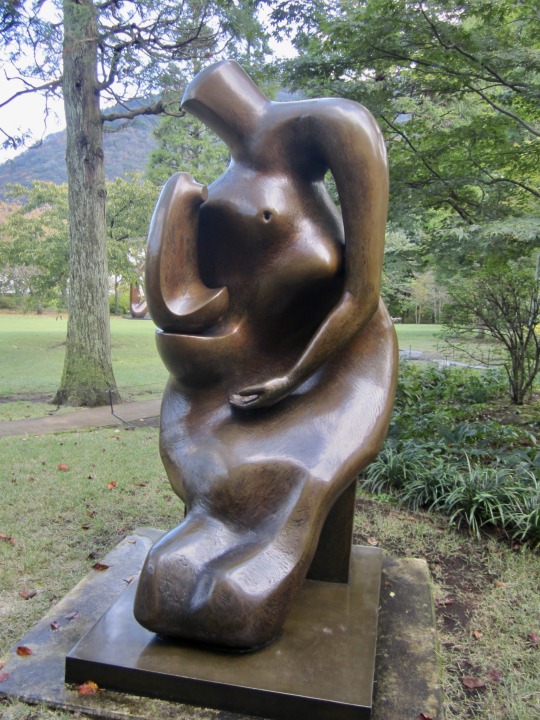
Mother and Child: Block Seat (1983-84), bronze sculpture, Henry Moore
My late mom's travel adventures.
Hakone Open-Air Museum.
Japan, 2013.
7 notes
·
View notes
Text
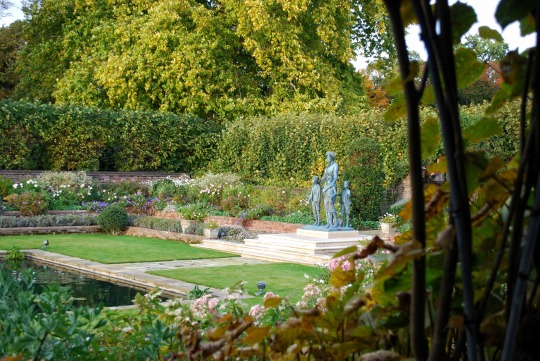

Hyde Park
London, England
#london#england#2022#lon22#photography#places#lensblr#photographers on tumblr#photo#travel#wanderlust#garden#statue#sculture#greenery#europe#travel photography
45 notes
·
View notes
Text

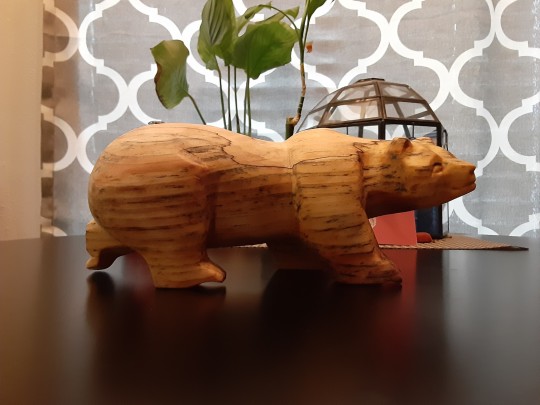



Long Fella
Spalted Maple Coated with Linseed Oil
I have one more block of this maple that I still need to work with, but I think after that, I'm gonna try working more with harder woods. The only hard woods I've worked with so far are cherry and walnut and I really like how those two clean up!
Available for 150$ USD (free shipping to continental US).
423 notes
·
View notes
Text
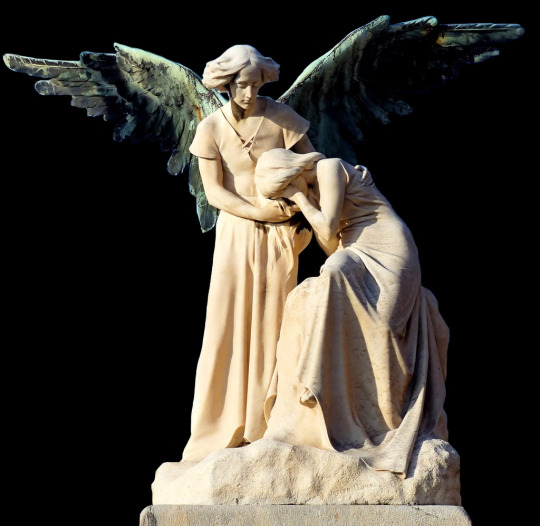
Sculptor: Josep Llimona i Bruguera (Spanish, 1864-1934)
Architect: Bonaventura Bassegoda i Amigó (Spanish/Catalan, 1862-1940)
El Masnou, Panteó Pere Grau Maristany, ca.1901-02
Cementiri del Masnou, Catalunya
#angel#Josep Llimona i Bruguera#Bonaventura Bassegoda i Amigó#art#spanish art#sculptor#sculture#architect#1800s#fine art#european art#classical art#europe#european#fine arts#europa#mediterranean#hispanic#latin#spanish#catalan#sculpture#mourning#crying#spain#espana
71 notes
·
View notes
Text

#carmen nuñez#woman photographer on tumblr#parque garcía sanabria#santa cruz de tenerife#tenerife#iphone#sculture#hand#original work#original photography blog#photographer on tumblr#photograhy#lensblr#imiging#pws photos worth seeing#i stumbled upon#camera raw
350 notes
·
View notes
Photo
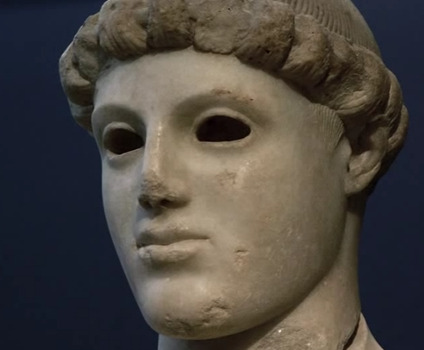
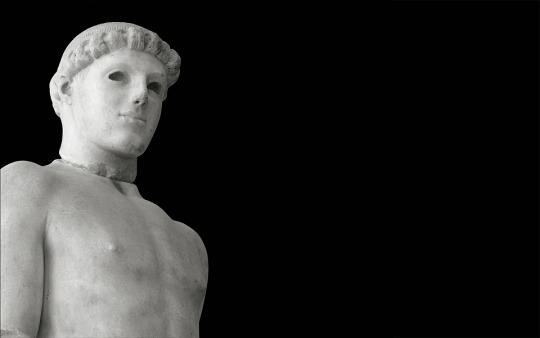
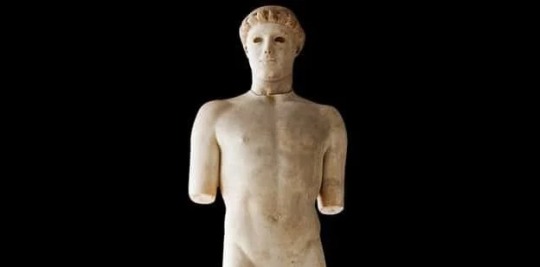
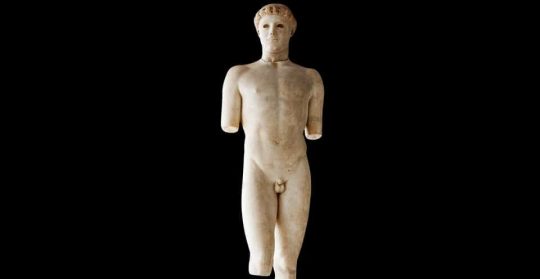

Who Beheaded the Kritios Boy, the Masterpiece of Ancient Greek Art?
The Kritios Boy, a statue displayed at the Acropolis Museum is one of the most important works of ancient Greek art and the most characteristic of the so-called “Severe Style.”
The statue’s torso was found in 1865 to 1866 southeast of the Parthenon,while the head was found in 1888 near the south walls of the Acropolis. Archaeologists have dubbed it the “Kritios Boy,” after the name of the sculptor believed to have created it.
The “Kritios Boy” is depicted standing in the nude. He supports his weight on his left leg while the right one remains bent at the knee in the characteristic posture of the Severe Style.
Ancient Greek art masterpiece
His expression is solemn and his eyes, which were originally crafted from another material, have not survived.
His hair, which follows the shape of his scalp, is tightly gathered around a ring with a few scattered strands falling on his temples and the nape of his neck. Traces of red dye are preserved on his hair.
The attribution of this statue to the sculptor Kritios is based on the similarities it presents with the statue of Harmodios from the bronze group of the Tyrannicides, a work of Kritios in collaboration with Nesiotes.
This group, known to us today through marble copies of the Roman period, was erected in the Agora of Athens.
Who this statue portrays, however, is not known. Some scholars believe he represents a young athlete, the winner of an event in the celebration of the Greater Panathenaia.
Others claim he depicts a hero, most likely Theseus. Moreover, they link the dedication of the statue on the Acropolis with the activities of 476 to 475 BC, when Kimon transferred Theseus’ bones from the island of Skyros to Athens.
Who beheaded the Kritios Boy statue?
The statue is a touchstone of Greek art. It features prominently in textbooks and it travels to major international exhibitions.
But there is still a mystery over who beheaded the statue in antiquity with an axe-blow to the back of the neck and why.
Early scholars blamed the Persians, who sacked the Acropolis during their invasion of Greece in 480 B.C. More recently, the statue has been dated to the Early Classical period by art historians; this would then imply that the Athenians themselves did the deed.
It is clear that the Athenians did, upon occasion, behead statues; there is no other explanation for the many heads (severed from their no longer preserved bodies) that have been excavated from the Acropolis fill.
Rachel Kousser, a professor of art history at the City University of New York, is pretty sure that the beheading was the work of the Persian invaders.
Writing for the Research Bulletin of The Center for Hellenic Studies, she explains:
Many of the Acropolis korai—dated prior to 480 B.C., and indisputably attacked by the Persians—have parallel injuries, including not only the blow to the back of the head, but also the missing hands and feet.
So, too, mutilation in 480 B.C. would help to explain why the Kritios Boy was interred so soon after it was set up (otherwise, one has to assume it was created in the 470s, and ‘killed’ in thirty years or less, a rather short life expectancy for a sturdy marble statue).
I would guess that the statue was set up shortly before 480, injured, and then buried—all on the Acropolis, since as an inhabitant of sacred space, it could never lose its sanctity.
But it is hard to be sure; this murder mystery from 2,500 years ago offers few clues. What we can say for certain, though, is that this ‘murder’ testifies to the significance of the image, so powerful it had to be ‘killed’ to be negated.
By Tasos Kokkinidis.
#The Kritios Boy#Who Beheaded the Kritios Boy the Masterpiece of Ancient Greek Art?#the sculptor Kritios#sculture#marble sculpture#greek marble sculpture#ancient artifacts#archeology#archeolgst#history#history news#ancient history#ancient culture#ancient civilizations#ancient greece#greek history#greek art#the parthenon
42 notes
·
View notes
Text
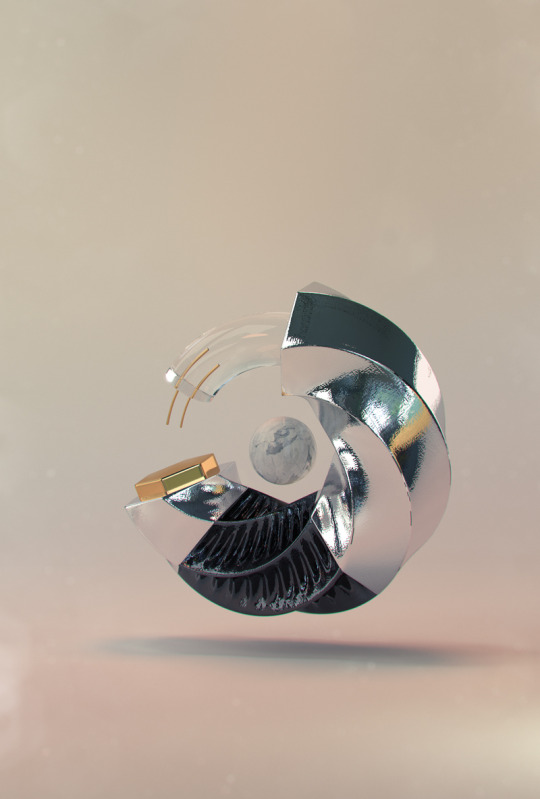

Ben White
3 notes
·
View notes
